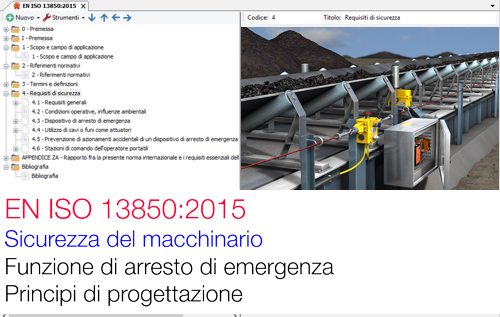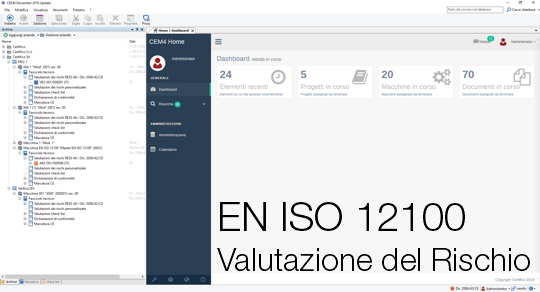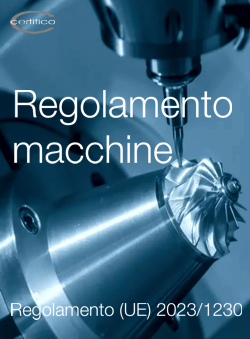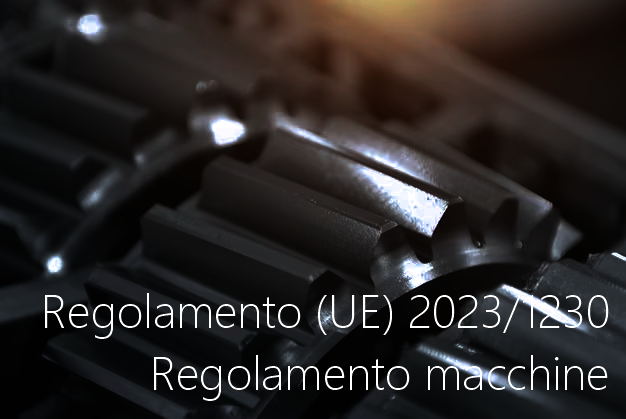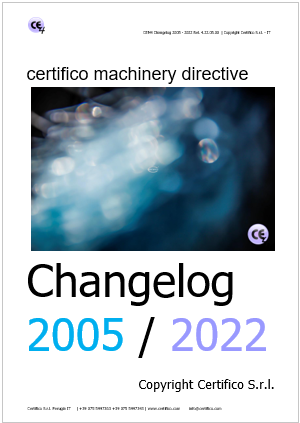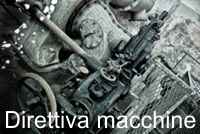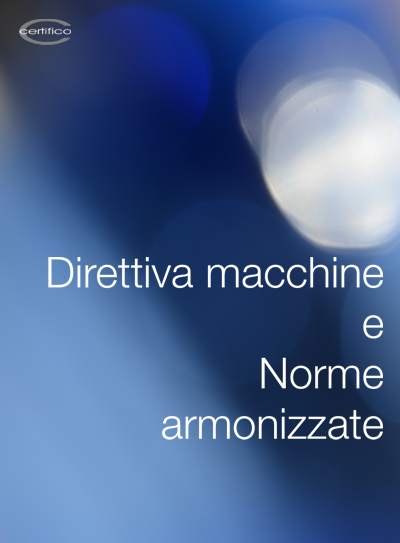Pubblicato in News
EN ISO 12100 Valutazione del rischio
La norma importabile in CEM4
EN ISO 12100:2010
Sicurezza del macchinario - Principi generali di progettazione - Valutazione del rischio e riduzione del rischio
- Pubblicato: 16 Gennaio 2019
- Visite: 15064
Pubblicato in News


Macchine alimentari: Direttiva macchine & MOCA
Doc. Certifico ID 7170 del 06.11.2018
Nel Documento si fornisce un quadro generale per la progettazione e costruzione di macchine alimentari, riportando la correlazione tra la Direttiva 2006/42/CE "macchine" ed il Regolamento (CE) n. 1935/2004 "Quadro MOCA", con estratto dalla Guida alla Direttiva macchine 2010 e Guida Direttiva macchine 2017, norme tecniche e altri Documenti d'interesse per la corretta progettazione e costruzione igienica.
Le macchine alimentari devono rispettare i RESS di cui all'Allegato I p. 1 e 2.1 della Direttiva 2006/42/CE:
Per quanto riguarda i materiali da utilizzare, il RESS 2.1.1 a) riporta "i materiali a contatto o che possono venire a contatto con prodotti alimentari, cosmetici o farmaceutici devono essere conformi alle direttive in materia".
Le "Direttive/Regolamenti in materia" fanno capo:
- al Regolamento (CE) n. 1935/2004 (Quadro MOCA) e a tutti i Regolamenti/Direttive collegate (si veda a proposito Disciplina igienica MOCA)
- al D.M. 21 marzo 1973 (MOCA IT)
- Pubblicato: 18 Novembre 2018
- Visite: 24634
Pubblicato in News

IEC 60204-1:2016 Equipaggiamento elettrico macchine - File cem
La Norma IEC 60204-1:2016 (EN 6024-1:2018) “Sicurezza del macchinario - Equipaggiamento elettrico delle macchine - Parte 1: Regole generali è la VI ed Edizione, è armonizzata per la Direttiva 2014/35/UE "Bassa Tensione", a breve sarà armonizzata per la Direttiva macchine 2006/42/CE.
Disponibile il file CEM importabile in cem4 riservato Clienti CEM4 con Licenza aggiornata
La Norma CEI EN 60204-1 ad oggi in vigore è la IV edizione del 2006, nell’ottobre 2016 è stata pubblicata dall’IEC la nuova edizione VI, in via di pubblicazione a livello CENELEC come Norma EN 60204-1 ed a seguire dal CEI come Norma CEI EN 60204-1; le versioni EN e CEI della norma saranno una edizione meno della versione IEC (ossia V edizione) perché in ambito europeo e nazionale queste sono state pubblicate a partire dalla seconda edizione IEC.
La norma riveste un ruolo fondamentale nel settore delle macchine in quanto si applica a tutte le macchine come definite nella Direttiva 2006/42/CE, infatti è praticamente richiamata in tutte le norme di tipo B/C del macchinario per il rispetto dei requisiti della loro parte elettrica le quali, al più, aggiungono qualche requisito specifico senza modificare sostanzialmente i requisiti in essa riportati.
La nuova edizione del norma ha introdotto numerosi cambiamenti e novità senza cambiare il suo campo di applicazione o stravolgere la sua struttura che ormai da anni è consolidata.
Elaborato Certifico Srl - Liberatoria
- Pubblicato: 22 Agosto 2018
- Visite: 34695
Pubblicato in News

CEM4 July 2018 Update
26 July 2018
"Miniature 5"
CEM4 "miniature 5" 5a versione 2018, aggiunge, in particolare, il "Report dettagli macchina e metodi" stampabile dalla "Home macchina" (Download EN) (Download IT), corregge inoltre bug vari.
- Pubblicato: 26 Luglio 2018
- Visite: 31413
Pubblicato in News
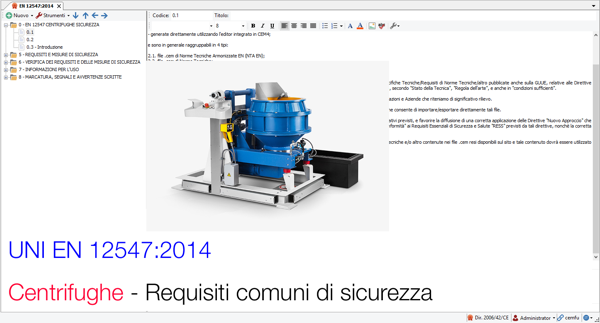
EN 12547:2014 Centrifughe - Requisiti comuni di sicurezza File CEM
La EN 12547:2014 è armonizzata per la Direttiva Macchine 2006/42/CE.
La norma si applica a centrifughe per la separazione o il cambiamento di concentrazione di miscele di liquidi e solidi. Essa fornisce i requisiti per ridurre al minimo i pericoli significativi collegati al funzionamento delle centrifughe.
File CEM importabile in CEM4
Elaborato Certifico S.r.l. 2018
Download File CEM
- Pubblicato: 02 Giugno 2018
- Visite: 32900









